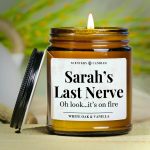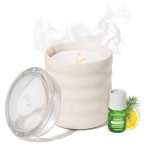Introduction to Candle Scenting Alternatives
Creating a candle with a delightful aroma lifts the mood and enhances any setting. However, not everyone has access to, or a preference for, essential oils. Understanding how to scent candles without essential oils opens up a world of creative possibilities. There are numerous ways to impart fragrance into candles without relying on these oils. This guide explores various natural and synthetic alternatives that are both effective and readily available.
Scenting candles can involve the use of fragrance oils, spices, herbs, fruit and flower extracts, even coffee or vanilla bean. Each of these alternatives offers unique benefits and can create a wide range of scents that cater to different preferences. For example, fragrance oils are potent and can mimic specific scents, while herbs and spices offer a more subtle, earthy quality that many find calming and grounding. In the upcoming sections, we’ll go into detail about these scenting options, highlighting how they compare to essential oils, and how you can harness them to craft your personalized candles.
Whether you’re looking to avoid the use of essential oils due to cost, availability, or personal preference, there are ample choices to explore. By the end of this guide, you’ll have a clear understanding of how to create beautifully scented candles, using alternative methods that may even become your new favorite way to add fragrance to your homemade candles.
Understanding Fragrance Oils
When exploring how to scent candles without essential oils, fragrance oils are a top alternative. These oils are synthetic and designed to mimic natural scents. They offer a wide array of fragrances that can range from the smell of fresh linen to the sweetness of tropical fruits. Fragrance oils are tailor-made for candle-making, delivering consistent and enduring aromas.
Types of Fragrance Oils
Fragrance oils come in various types to suit different scent profiles and preferences. You can find them categorized as food scents, floral types, earthy fragrances, and seasonal blends. Food scents might smell like baked goods or spices. Floral types include rose or jasmine. Earthy fragrances give off a woodsy or herby aroma. Seasonal blends are perfect for holidays, with scents like pumpkin spice or pine.
Benefits over Essential Oils
Fragrance oils have several benefits over essential oils in candle making. They are generally less expensive and provide a more potent scent throw, which means the fragrance disperses well when the candle is lit. Unlike essential oils, their synthetic nature ensures that the scent is consistent from batch to batch. Moreover, they have a longer shelf life and are less likely to cause allergic reactions, making them a safe choice for sensitive individuals.
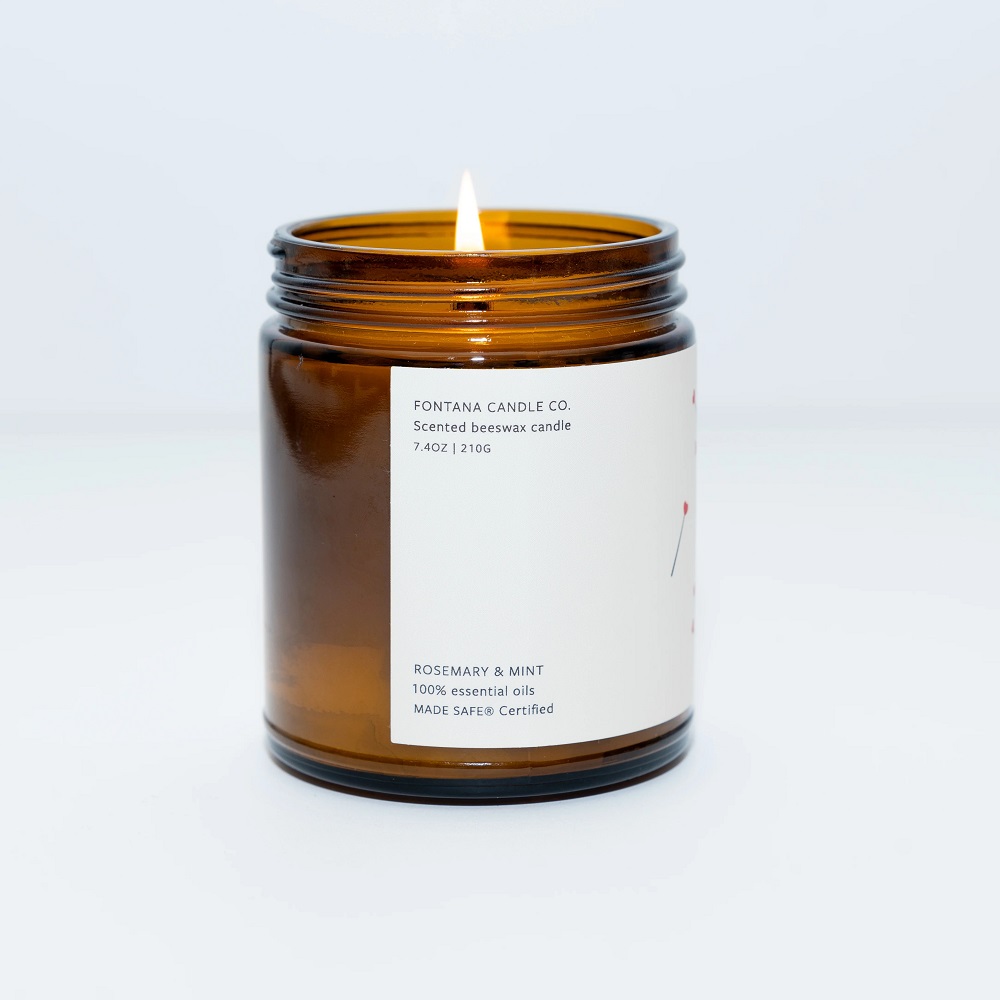
Harnessing Natural Scents from Spices and Herbs
Exploring alternatives to essential oils involves using natural elements like spices and herbs. These ingredients, commonly found in your kitchen, can powerfully influence the scent profile of your homemade candles. We’ll delve into how these natural scents can be embedded effectively into candle making, offering a unique aromatic experience.
Incorporating Spices in Candle Making
Spices such as cinnamon, clove, and nutmeg are excellent for adding warmth and comfort to a candle’s aroma. To use them in candle making, start by selecting high-quality ground spices or whole spices that you can grind yourself. The fresher the spice, the more potent the scent. You can mix these spices directly into the melted wax. The key is to ensure they are evenly distributed to avoid clumping. Heat helps to release the fragrance, blending it beautifully throughout the candle.
Using Herbs to Infuse Candle Scents
Herbs offer a fresh, earthy aroma to candles and can range from soothing lavender to invigorating mint. To incorporate herbs into your candles, choose dried herbs, as they mix well with wax and have a lessened risk of mold. Crushing the dried herbs before adding them to the wax can help release their essential oils, enhancing the fragrance. Stir the herbs into the wax at a low heat to preserve their natural essences. This method provides a subtle, lasting scent that enhances the candle’s overall appeal.
Utilizing Fruit and Flower Extracts
Fruit and flower extracts offer a natural way to scent candles without essential oils. These concentrated liquids can provide rich, dynamic fragrances that range from the sweet tartness of berries to the delicate scent of blossoms. They are ideal for those seeking to create a candle with a more natural fragrance profile. When sourcing these extracts, look for high-quality, pure options for the best scent and performance in candle making.
Creating Scents with Fruit Extracts
Fruit extracts deliver a fresh and often sweet aroma, reminiscent of orchards and summer days. Popular fruit extracts include lemon, orange, and berry. To use them in candles, start with a small amount, adding drops to the melted wax and mixing thoroughly. Be mindful that fruit extracts, being natural, can vary in strength, so adjust accordingly to achieve the desired intensity of scent.
Capturing Flower Fragrances for Candles
Flower extracts, such as rose, jasmine, and lilac, impart a delicate and sophisticated fragrance to candles. The floral scents can create a tranquil and inviting atmosphere. To capture these fragrances, mix flower extracts directly into the candle wax at a low temperature to preserve their delicate notes. It’s essential to stir gently to ensure a thorough blend and to prevent the heat from diminishing the floral essence. Like with fruit extracts, starting with a small amount helps you control the scent’s potency, and you can always add more if needed.
Crafting Candles with Coffee or Vanilla Bean
For those seeking a robust or elegantly sweet aroma, coffee and vanilla bean are excellent options. These natural ingredients provide unique scents, making them perfect for homemade candles. This section explores how to incorporate these ingredients effectively into your candle-making process.
Methods for Using Coffee in Candles
Coffee can give candles a warm, invigorating scent. To use coffee in candles, start by selecting freshly ground coffee for the strongest scent. Mix about a tablespoon of ground coffee per pound of wax into the melted wax. Ensure to stir thoroughly to distribute the coffee evenly. This method infuses the wax with a rich coffee aroma as it solidifies.
Infusing Candles with Vanilla Bean
Vanilla bean offers a sweet, comforting fragrance to candles. To incorporate it, use the seeds from a vanilla pod. Slice a vanilla pod open and scrape out the seeds. Mix these seeds into the candle wax while it’s melted. Like with coffee, proper mixing is crucial to prevent clumping and ensure scent distribution. Vanilla bean not only scents the wax but also adds a touch of luxury to your candles.
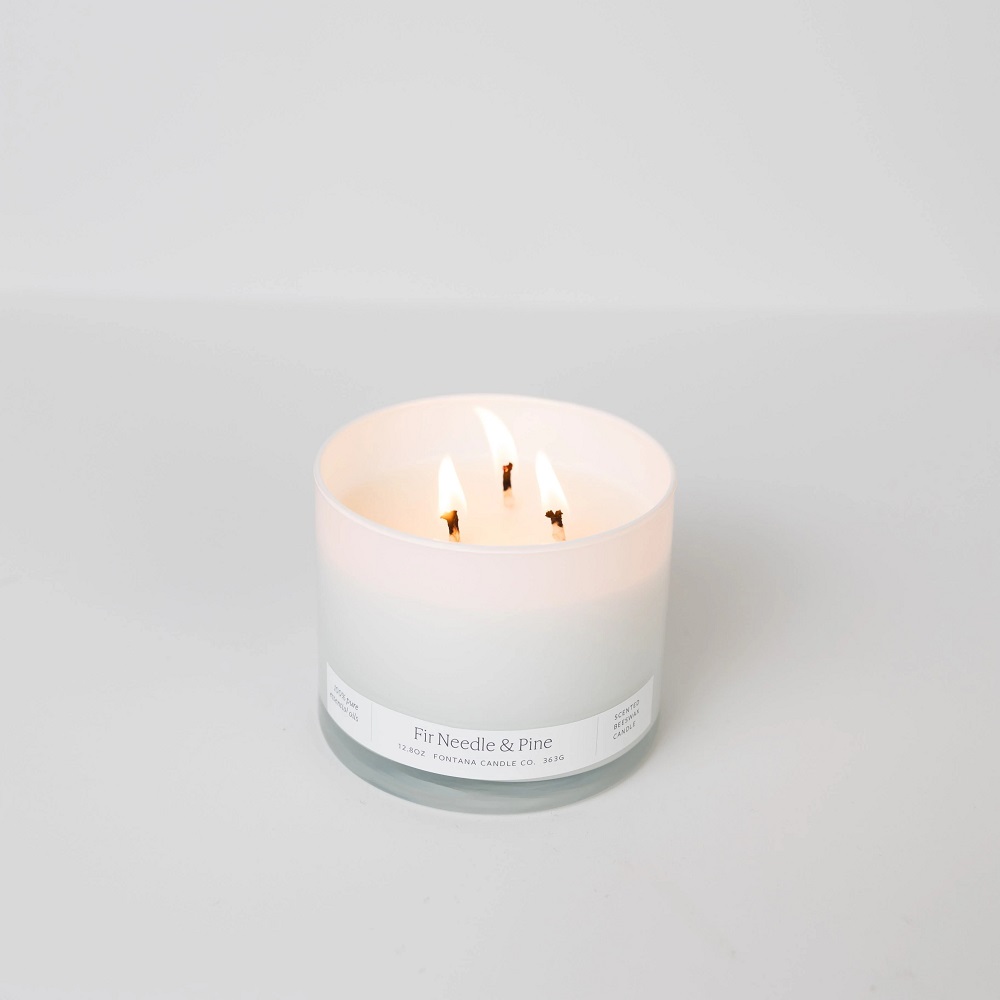
Techniques for Melting and Blending Scents
Once you’ve selected your alternative scents, the next step is to blend these into your candles effectively. The process of melting wax and mixing in scents is critical to making a successful fragrant candle. Correctly melting the wax ensures a smooth, even base for your scents, and careful blending will provide an even distribution of fragrance throughout the candle.
Melting Wax and Mixing in Scents
To begin melting your wax, use a double boiler or a heat-proof container in a pot of hot water. Keep the heat medium to low to avoid overheating. As the wax melts, stirring frequently helps maintain an even temperature. Once fully melted, remove from heat. Now’s the time to add your scents. If using spices, herbs, or ground coffee, sprinkle them in slowly, stirring continuously. For extracts and vanilla bean seeds, add a few drops or the scrapings and mix gently yet thoroughly. It’s essential to add scents at the right temperature, not too hot to prevent fragrance loss, and not too cool to ensure proper mixing.
Achieving Even Scent Distribution
For an even scent throw, the key lies in proper mixing. Stir your chosen scents into the wax for at least 2 minutes to ensure they are fully integrated. Avoid rushing this step; patience will pay off in the final product. Pay attention to the temperature of the wax as it begins to cool. Pouring the wax into molds at the correct temperature helps prevent the fragrance from rising to the top or sinking to the bottom. Cool the candles slowly and away from drafts to prevent uneven cooling, which can affect the scent distribution. By following these techniques, you can craft candles that release a consistent and satisfying fragrance each time they’re lit.
DIY Scented Candle Recipes
After exploring various alternatives to essential oils for candle scents, let’s create some custom candles. These DIY recipes will guide you through crafting natural and pleasing aromas with non-essential oil ingredients.
Step-by-Step Guides for Non-Essential Oil Candles
Cinnamon Spice Candle:
- Melt 1 pound of soy wax using a double boiler.
- Mix in 1 tablespoon of ground cinnamon slowly.
- Stir for 2 minutes to distribute the spice evenly.
- Let the wax cool a bit, but not harden.
- Pour into your candle mold and let it set.
This simple recipe yields a warm, spicy candle perfect for cozy nights in.
Lavender Herb Candle:
- Melt 1 pound of wax as before.
- Add in 2 tablespoons of crushed, dried lavender flowers.
- Stir thoroughly to infuse the herb’s scent.
- Wait until the wax cools slightly.
- Pour into the mold and wait for it to solidify.
Enjoy the calming scent of lavender in your own home with this easy recipe.
Citrus Burst Candle:
- Begin with melting 1 pound of wax in a double boiler.
- Add 10 drops of lemon and orange fruit extracts.
- Mix gently yet thoroughly for even distribution.
- Once the wax is the right temperature, pour into molds.
- Allow the candle to cool and set completely.
This candle offers a fresh, energizing fragrance ideal for brightening any room.
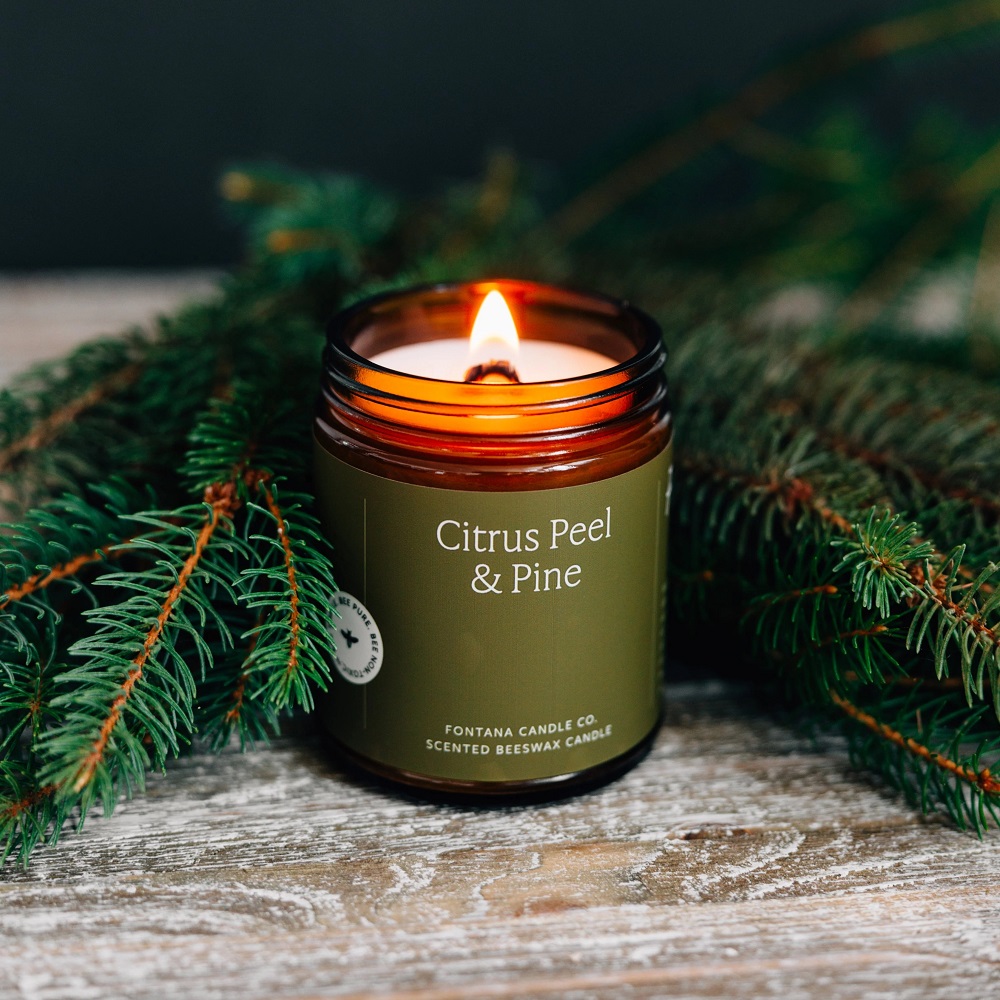
Vanilla Bean Comfort Candle:
- Start by melting 1 pound of wax.
- Scrape the seeds from one vanilla pod into the wax.
- Stir well to prevent clumping of the seeds.
- Let the wax cool slightly, then pour into your candle container.
- Wait until the candle sets fully before using.
The vanilla bean adds an element of luxury and comfort to your living space.
These recipes prove that knowing how to scent candles without essential oils is both simple and rewarding. At home, you can craft unique fragrances that bring joy and comfort to any setting. Experiment with these and find the scents that speak to you the most.
Final Thoughts and Tips for Beginners
As you embark on your journey to scent candles without essential oils, remember a few key points. First, experiment with different natural ingredients to find your preferred scents. This will enhance your overall experience and outcome. Always select high-quality, pure extracts or spices to ensure the best fragrance release. Begin with small amounts when mixing scents, as you can always add more if needed. Be patient during the melting and mixing process to achieve an even scent distribution. Finally, ensure your crafting area is well-ventilated, and keep necessary safety equipment at hand. With these tips, you’re ready to create delightful, fragrant candles that add a personal touch to any space. Happy candle making!

